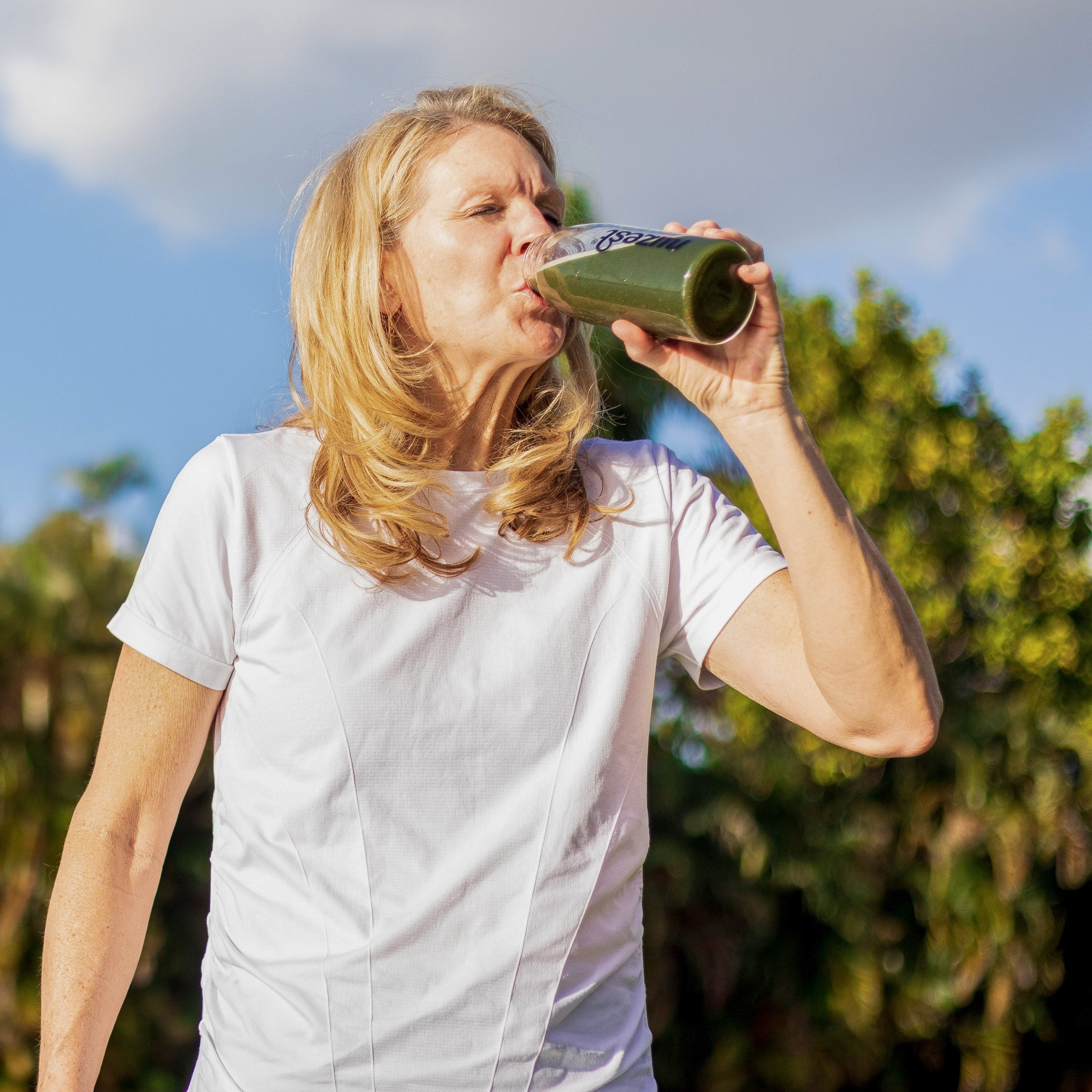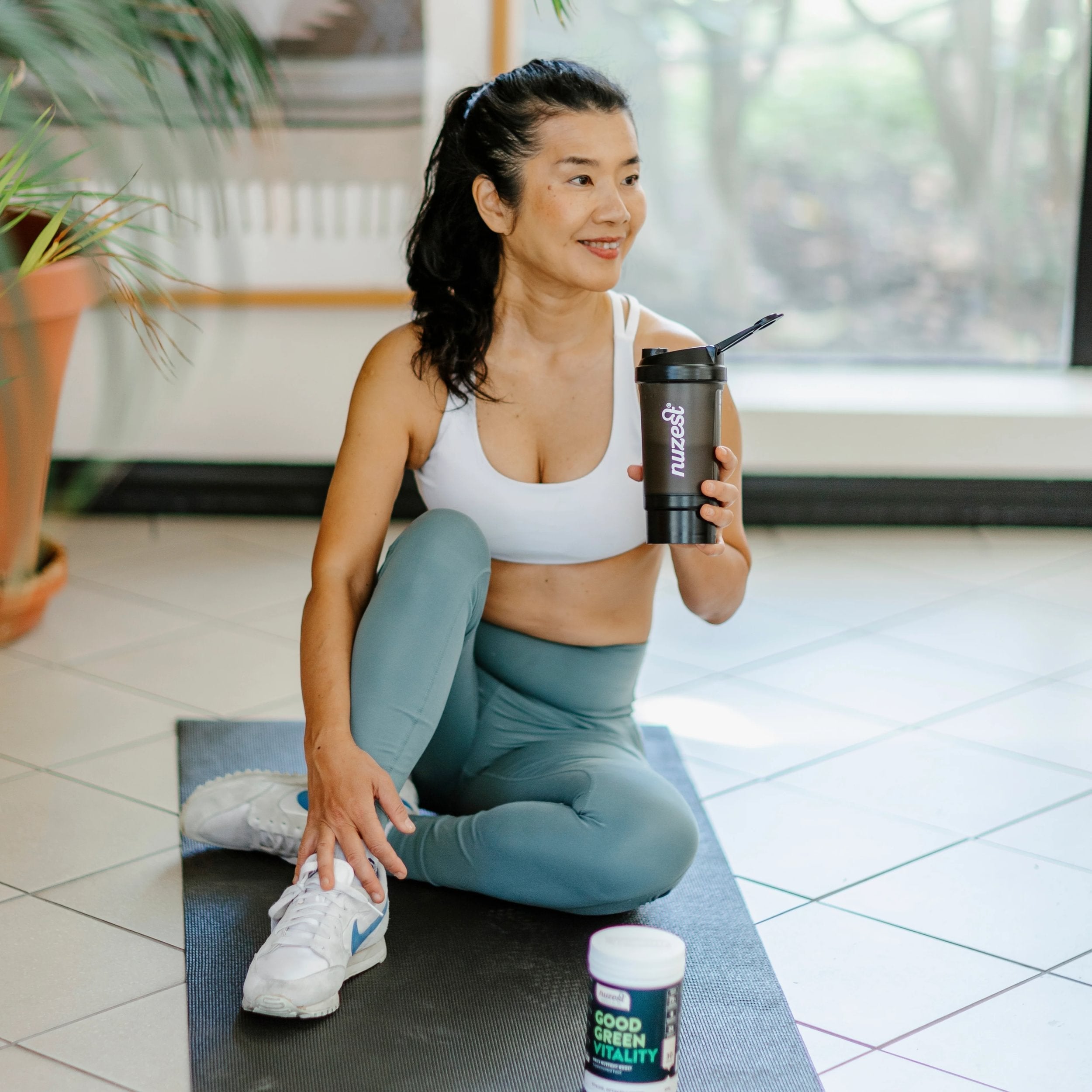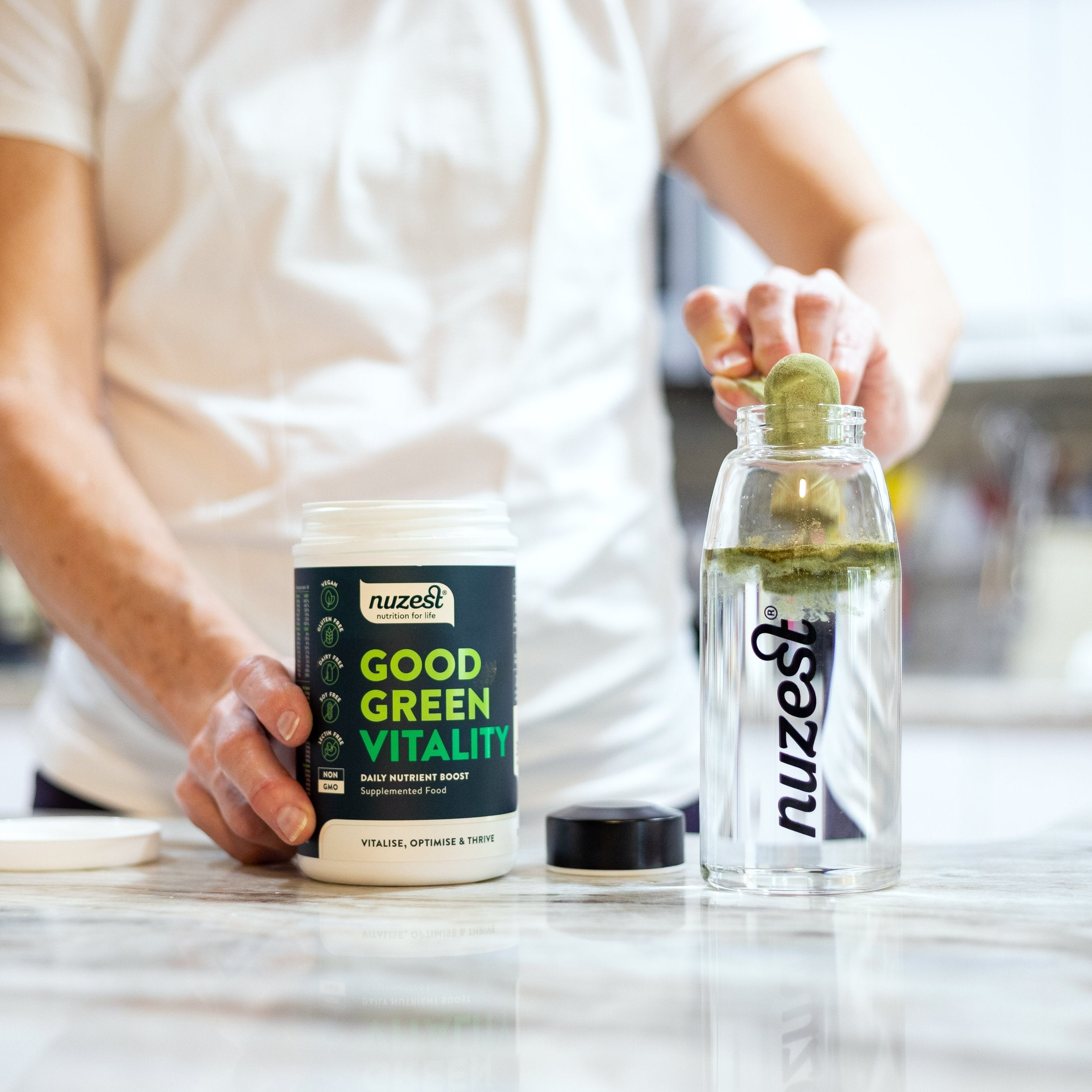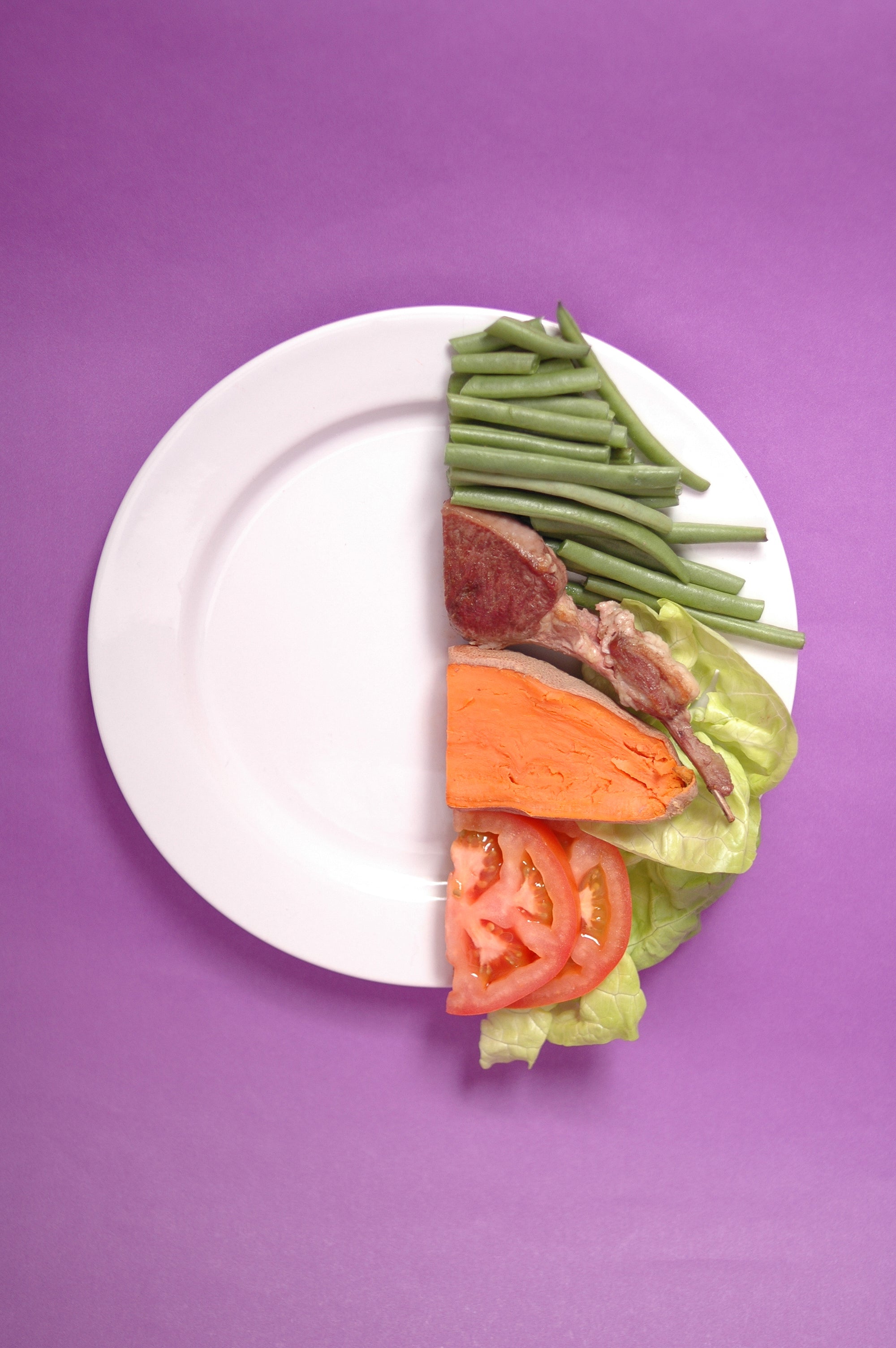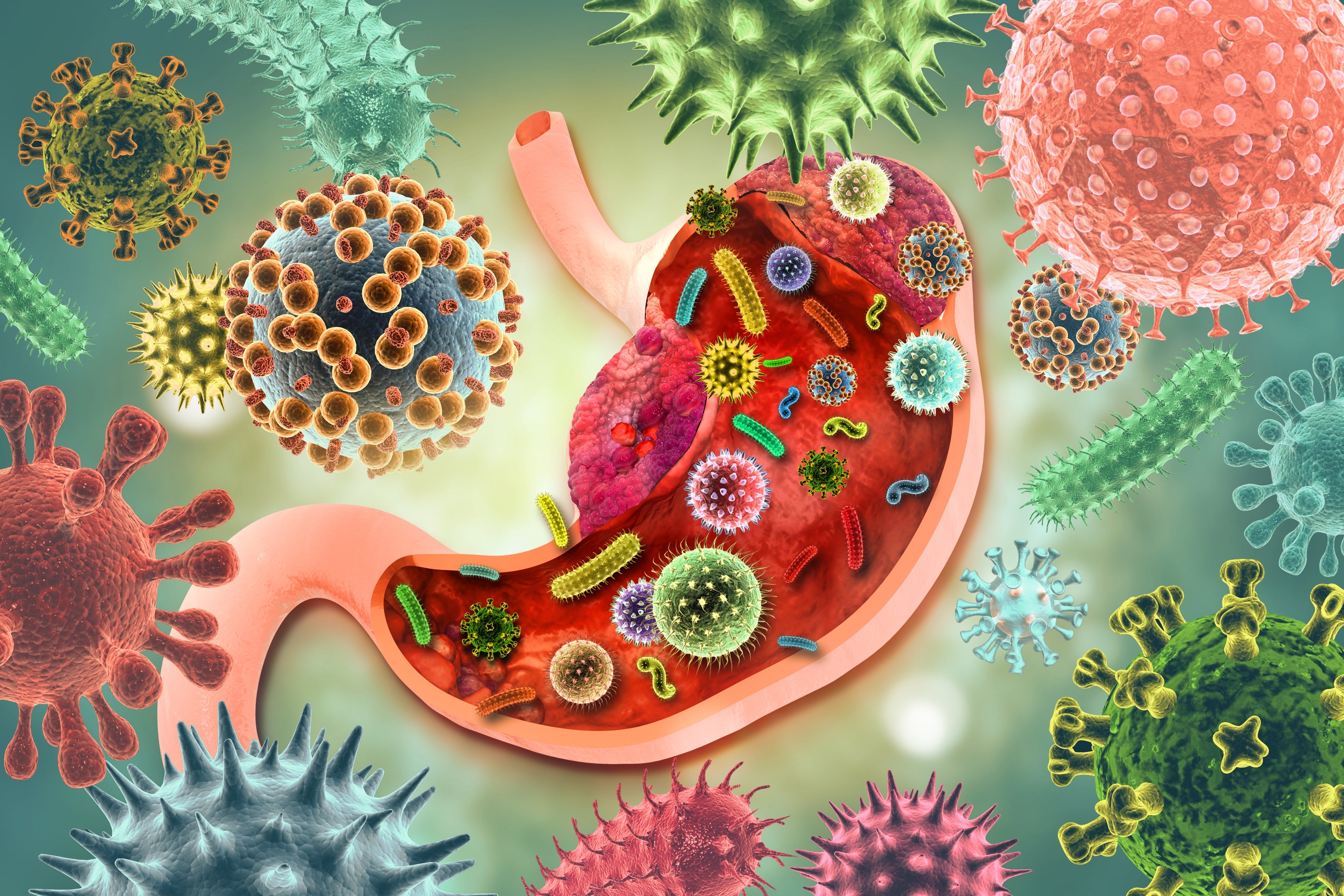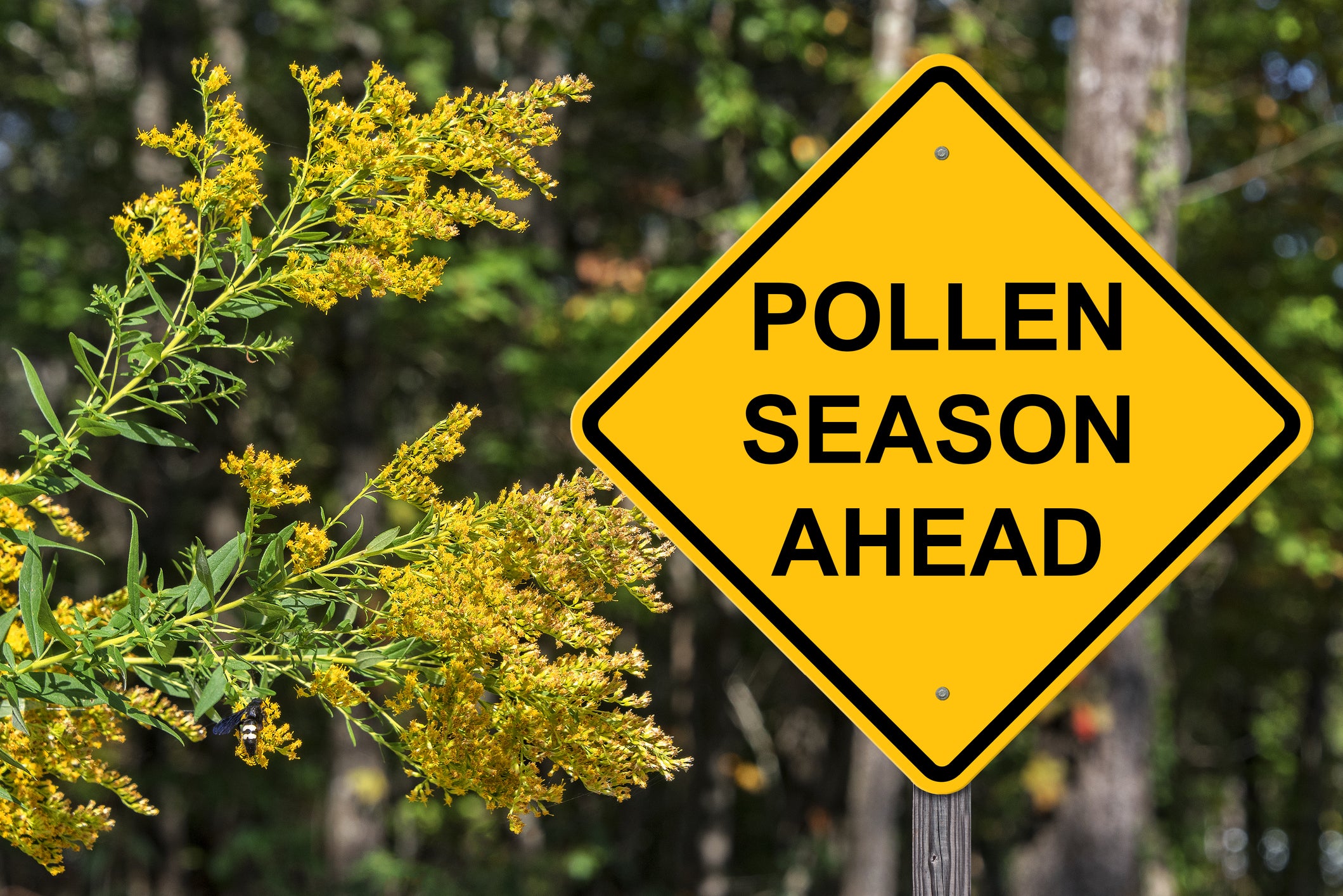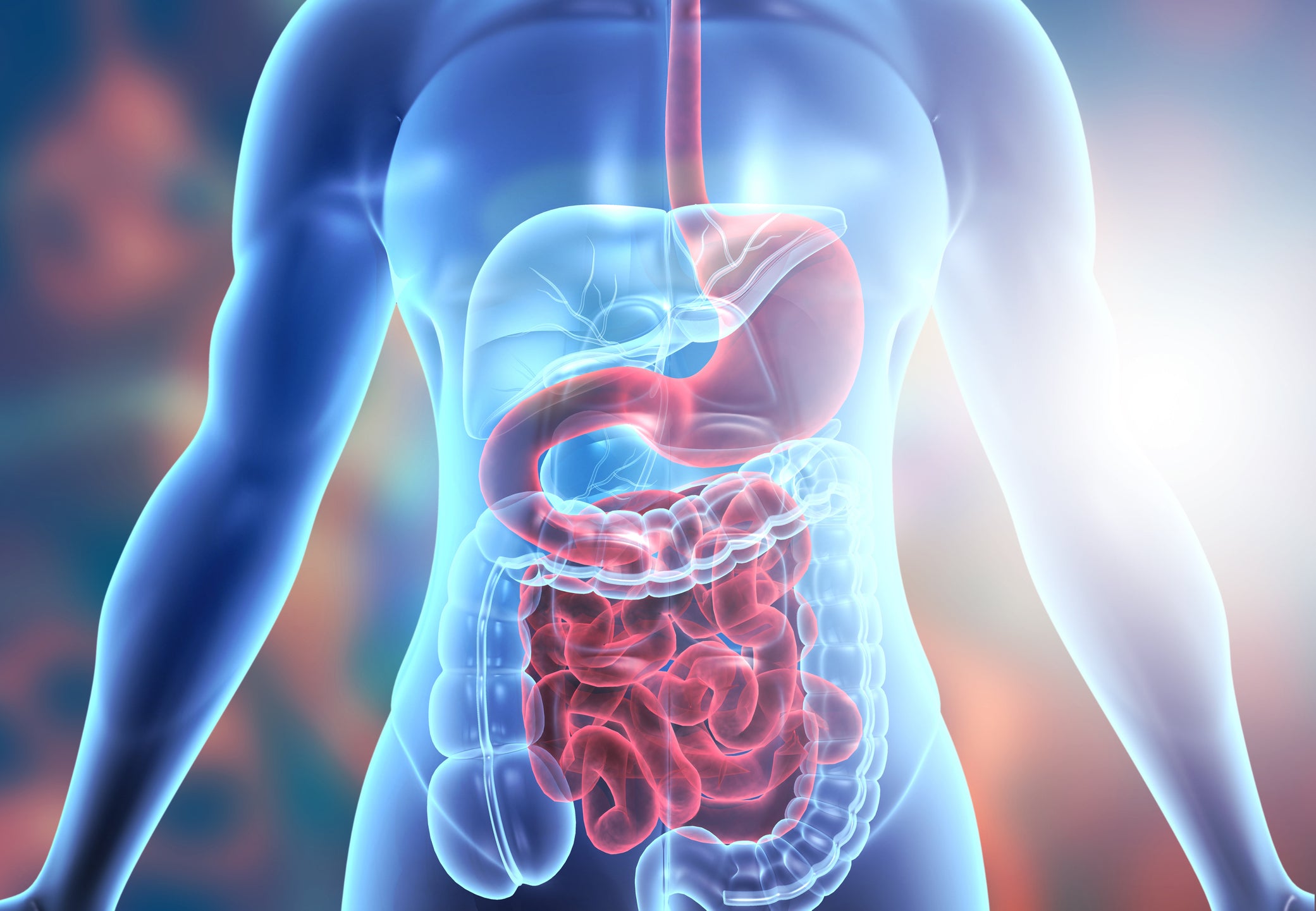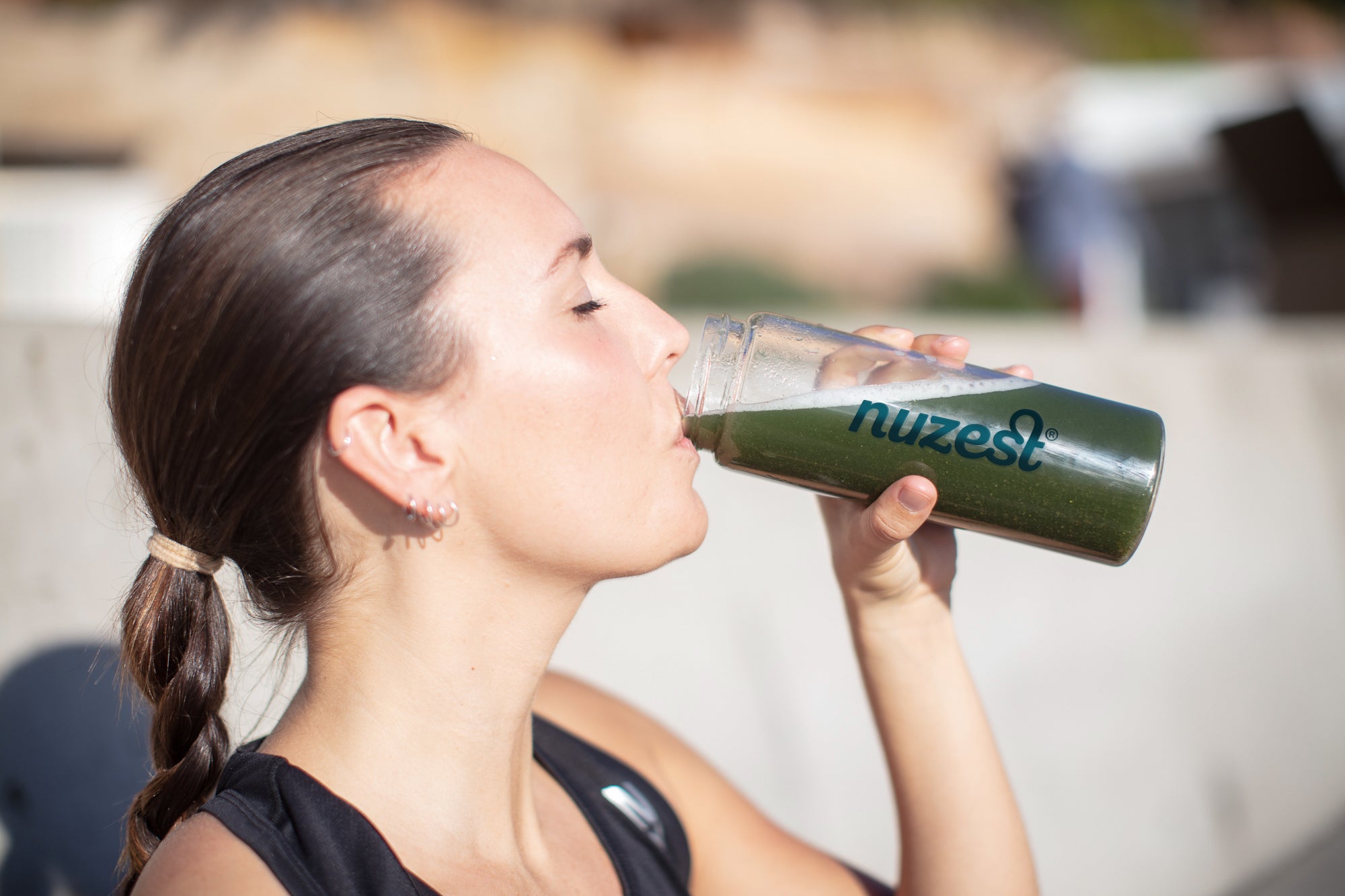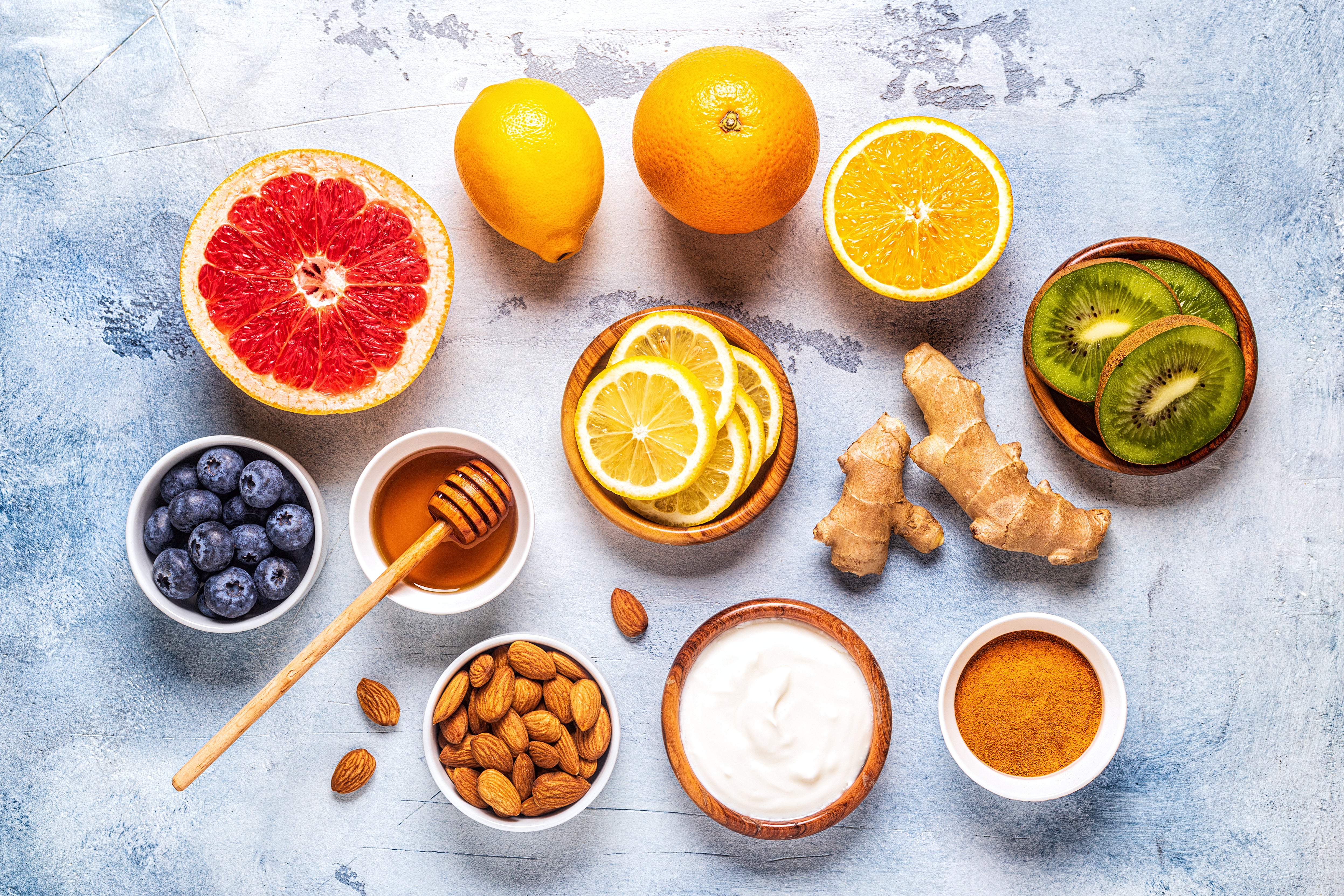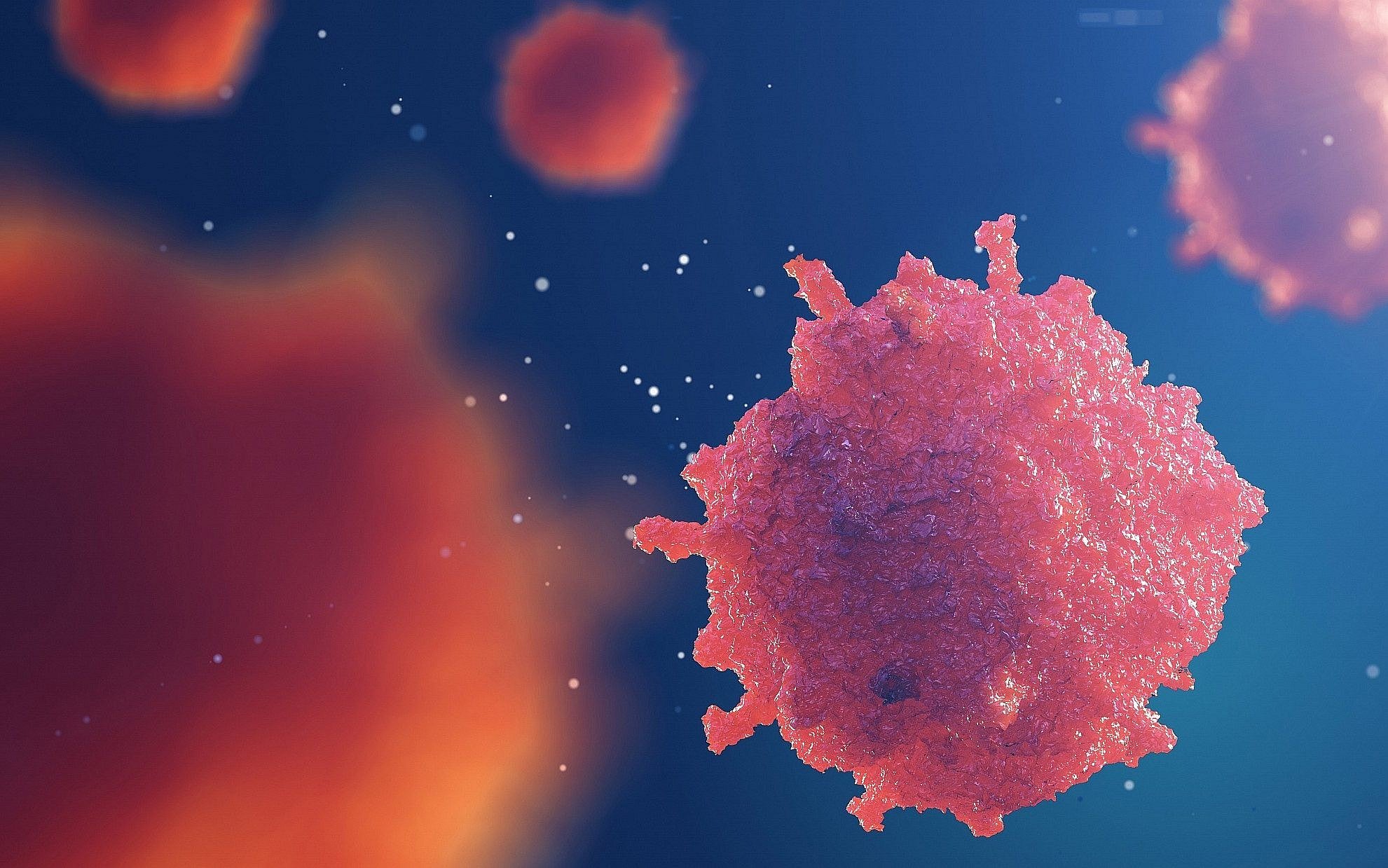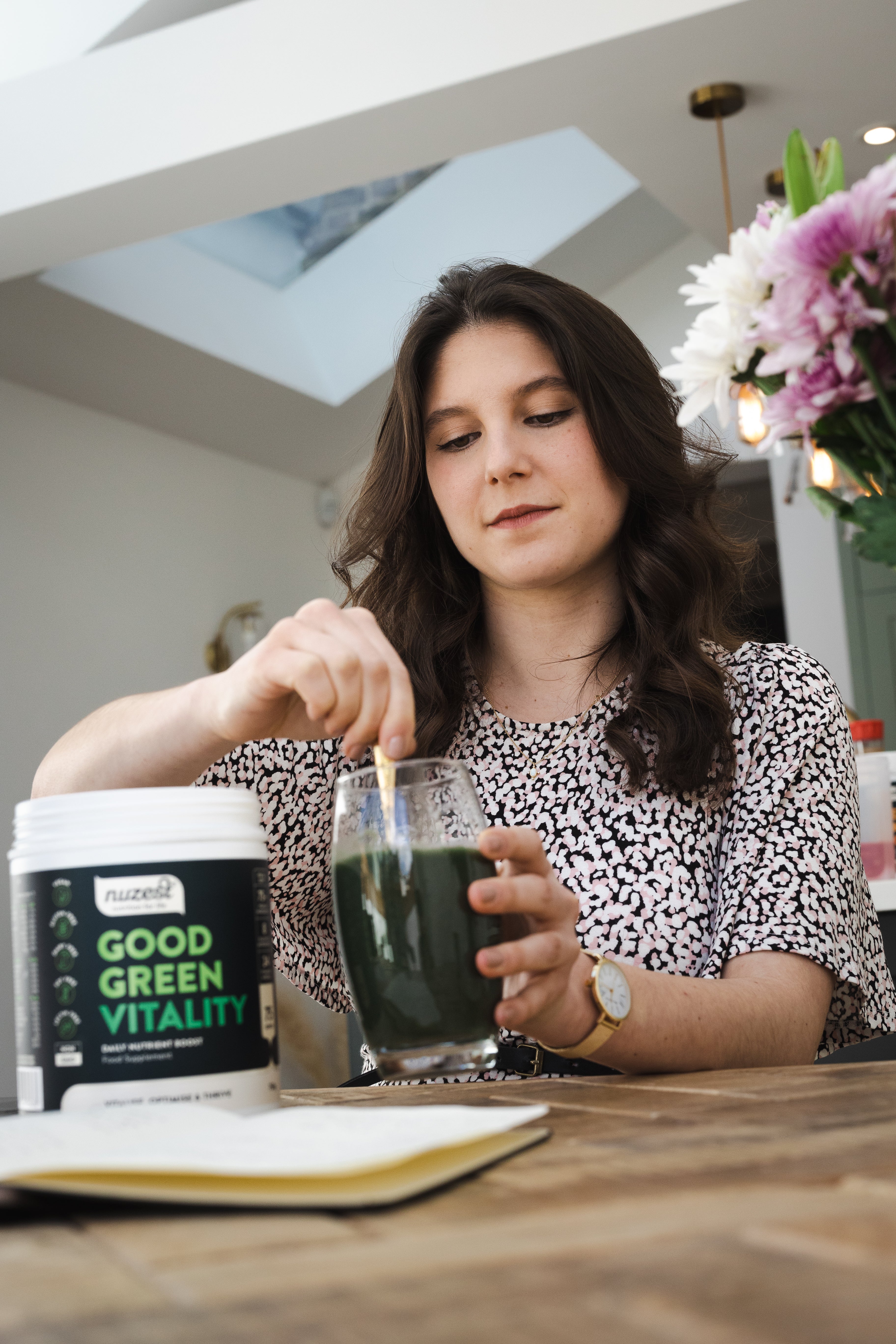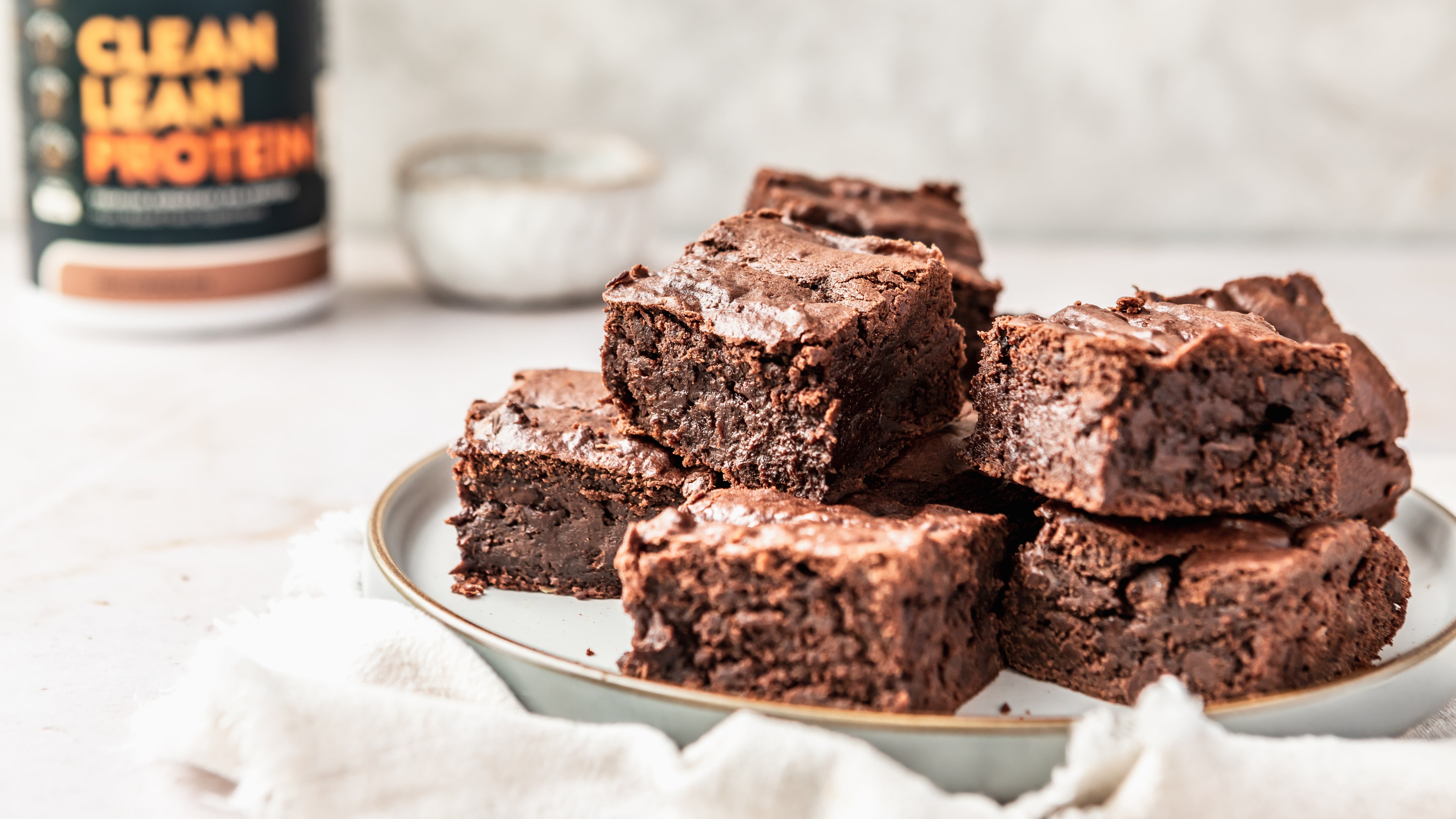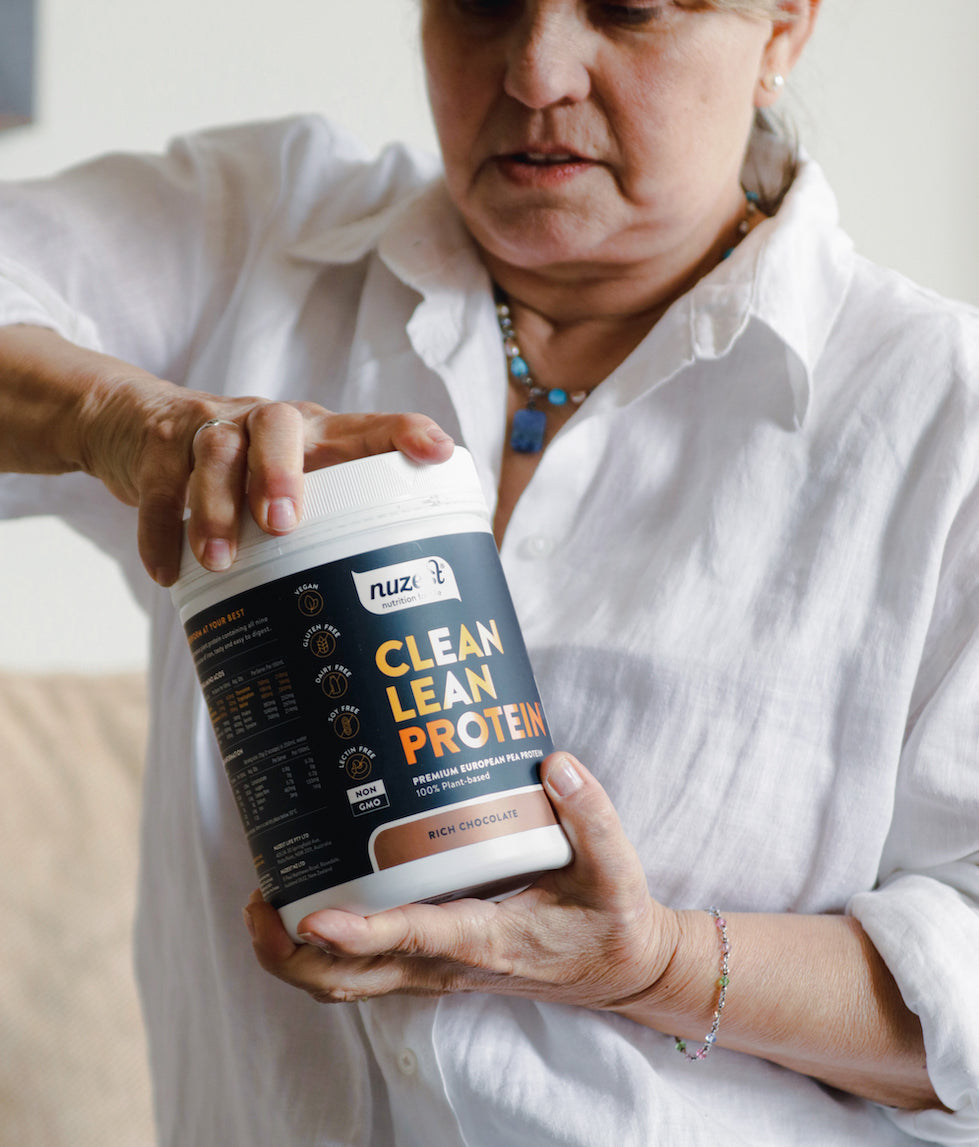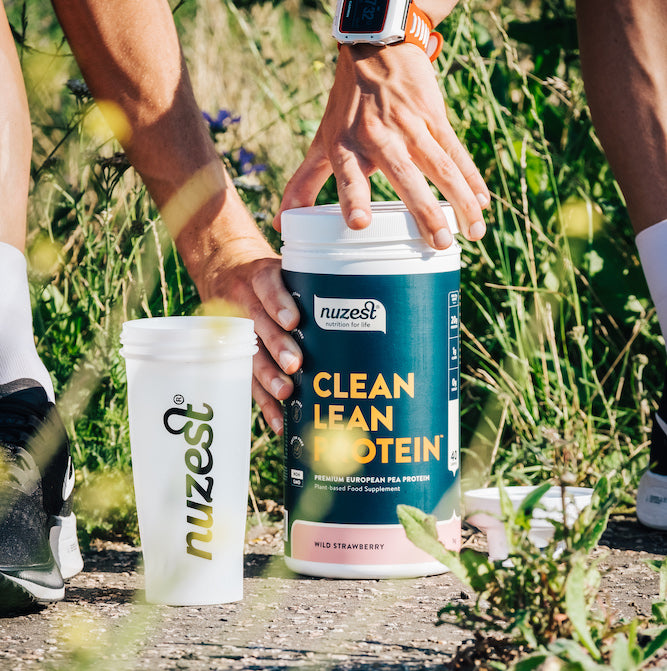Most of us know that vitamins and minerals can be obtained from the food that we eat, and that they are essential for helping our bodies develop and function optimally. What remains in question for many though, is just how can we be certain we are consuming the right amounts, according to what we need in order to thrive? Can nutrient supplementation help to bridge gaps in our diet?
Ideally, our diets would provide us with the correct nutrition to help us meet daily nutrient requirements, however there are many factors, including those that are both modifiable and non-modifiable, affecting the body’s utilisation of nutrients.
Key takeaways:
- We are not acquiring all the nutrients we need from diet alone. Our soils are of poorer quality today and so wholefood produce is less nutrient dense than ever before.
- There is a need for individualised nutrition. The Recommended Dietary Intakes (RDIs) differ between countries, and what is not taken into account are other physical attributes such as size or weight, nor medical conditions or ethnic backgrounds.
- Our lifestyles play a huge part in how we retain nutrients within our blood. Many of us are unknowingly deficient as a result of medications we take, or lifestyle practices we choose.
- Consistency is key when it comes to health. A daily nutritional supplement like Good Green Vitality, coupled with good nutrition, is a convenient and efficient way to get your health back on track.
Poor soil quality means produce with less nutrient density
Sadly, in today’s society, we not only encounter more environmental pollutants and toxins than we used to1, but the commercial farming and potent fertilizers have left our soils depleted of vital nutrients. Nutritional content has been observed across a number of studies, sourcing data from as far back as 1930, with findings showing significant decline in the following nutrients across 20 different vegetables:2
- Calcium
- Vitamin A
- Vitamin C
- Iron
- Potassium
Although magnesium, zinc, vitamin B and vitamin E were not researched until much later, it has been reported that these nutrients have also likely declined over time.3
One other study concluded that we would need to consume 8 oranges today to derive the same amount of vitamin A that our grandparents would have acquired from one!4
Recommended dietary intakes and allowances
Despite all countries setting recommended dietary intakes (RDIs), recommendations vary significantly depending on where in the world you reside. For this reason, nutritional labels and knowledge around the nutrient content of whole foods are fundamental in ensuring the consumer can make an informed decision about the foods they are eating, but often these can be hard to interpret and confusing. As an example, the “estimated average requirement” (EAR) was established as a means to maintain an optimal nutrient balance in 50% of the population, but this means that it is actually insufficient for half of the population.5
While the age and sex of an individual are accounted for in the RDIs of a nation, what are not taken into account are other physical attributes such as size or weight, nor medical conditions or ethnic backgrounds, all of which are significant determinants for specific nutrient requirements of an individual. As for emotional factors, major stresses in life can not only affect absorption and utilisation of magnesium, calcium, zinc and iron, but also alter the person’s overall digestive capacities.6 A healthy gastrointestinal system communicates with the brain via the “gut-brain axis”18, via nerves and hormones, helping to support not only our nutrient absorption, but also our mental health, immune health, hormonal health and our resistance against chronic disease.19
RDIs are designed to inform us of the level of specific nutrients we need to stay alive. Good Green Vitality, however, has been carefully formulated with nearly all vitamin and mineral levels set above and beyond the RDIs. We have chosen these so that our customers not only meet their recommended requirements, but exceed these amounts and thrive!
Our lifestyles can further deplete nutrients
Vitamin C is a potent antioxidant required by the body for growth, development and repair of all tissues, and plays an important role in aiding iron absorption. It is known for strengthening the body’s natural immune defences14 yet it can be significantly depleted in smokers or those drinking excessive amounts of alcohol8,9.This is also the case for those using paracetamol, aspirin, non-steroidal anti-inflammatories like ibuprofen, or are on the oral contraceptive pill (OCP).10
In fact, several key nutrient depletions of concern when taking the OCP according to a report by the World Health Organisation (WHO) are “folic acid, vitamins B2, B6, B12, vitamin C and E and the minerals magnesium, selenium and zinc.”11
Dietary requirements for pregnant or breastfeeding women increase for not only vitamin C, but also folic acid, niacin, riboflavin, thiamin, vitamin B6, vitamin B12, iron, zinc, selenium, calcium, vitamin A (as beta carotene), vitamin D, and DHA.12
Magnesium is an essential mineral for the human body, and while it is involved in around 600 enzymatic processes15, it is strongly associated with brain health and the body’s stress response. Unfortunately, and seemingly counterintuitively, when we are stressed, our urinary excretion of magnesium is significantly increased, driving our stored levels down even further16.A report by the Australian Bureau of Statistics has stated that 1 in 3 people aged 2 years and over did not meet their dietary requirements for magnesium17.
On any given day, the range of nutrients already ingested by an individual can affect the interaction and adaptation of subsequent nutrients consumed, and individuals partaking in strenuous physical activity will have increased energy requirements compared to those working in a desk job. If a person is elderly13 or recovering from serious injury, infection or surgery, protein requirements increase, and failing to meet the recommended protein intake can increase the risk of iron, calcium or zinc deficiency.7
How to bridge this gap
Here at Nuzest we know how important boosting your daily nutrient intake is, but also how overwhelming it can be when trying to address several different deficiencies all at once. So that you don’t have to fill up your cupboards with dozens of different supplement tubs, we have carefully formulated a nutritional super blend of over 75 ingredients designed to support energy production, cognitive function, immunity and gut health. Consistency is key when it comes to getting your health back on track. Coupled with good nutrition, Good Green Vitality is your ultimate and convenient daily nutritional insurance.
#Nuzest. Nutrition for Life.
References:
- Ahmed T, Noman M, Ijaz M, Ali S, Rizwan M, Ijaz U, Hameed A, Ahmad U, Wang Y, Sun G, Li B. Current trends and future prospective in nanoremediation of heavy metals contaminated soils: A way forward towards sustainable agriculture. Ecotoxicology and Environmental Safety. 2021;227:112888
- Scheer R, Moss D. Dirt Poor: Have Fruits and Vegetables Become Less Nutritious? Scientific American. 2011; https://www.scientificamerican.com/article/soil-depletion-and-nutrition-loss/
- Davis DR, Epp MD, Riordan HD. Changes in USDA food composition data for 43 garden crops, 1950 to 1999. J Am Coll Nutr. 2004;23(6):669-82.
- Scheer R, Moss D. Dirt Poor: Have Fruits and Vegetables Become Less Nutritious? Scientific American. 2011; https://www.scientificamerican.com/article/soil-depletion-and-nutrition-loss/
- Russell RM. Setting dietary intake levels: problems and pitfalls. Novartis Found Symp. 2007;282:29-36;36-45, 212-8.
- Lopresti AL. The Effects of Psychological and Environmental Stress on Micronutrient Concentrations in the Body: A Review of the Evidence. Adv Nutr. 2020;11(1):103-112.
- Russell RM. Setting dietary intake levels: problems and pitfalls. Novartis Found Symp. 2007;282:29-36;36-45, 212-8.
- Lykkesfeldt J, Christen S, Wallock LM, Chang HH, Jacob RA, Ames BN. Ascorbate is depleted by smoking and repleted by moderate supplementation: a study in male smokers and nonsmokers with matched dietary antioxidant intakes. Am J Clin Nutr. 2000;71(2):530-6.
- Sandoval C, Farías J, Zamorano M, Herrera C. Vitamin Supplements as a Nutritional Strategy against Chronic Alcohol Consumption? An Updated Review. Antioxidants (Basel). 2022;11(3):564.
- Lykkesfeldt J, Tveden-Nyborg P. The Pharmacokinetics of Vitamin C. Nutrients. 2019;11(10):2412.
- Palmery M, Saraceno A, Vaiarelli A, Carlomagno G. Oral contraceptives and changes in nutritional requirements. Eur Rev Med Pharmacol Sci. 2013 17(3): 1804-1813
- Kominiarek MA, Rajan P. Nutrition Recommendations in Pregnancy and Lactation. Med Clin North Am. 2016;100(6):1199-1215.
- Chernoff R. Protein and older adults. J Am Coll Nutr. 2004;23(6 Suppl):627S-630S.
- Carr AC, Maggini S. Vitamin C and Immune Function. Nutrients. 2017.3;9(11):1211.
- de Baaij HJF, Joost GJ, Hoenderop, R, Bindels JM. Magnesium in Man: Implications for Health and Disease. Physiological Reviews. 2015. 95 (1):1-46
- Pickering G, Mazur A, Trousselard M, Bienkowski P, Yaltsewa N, Amessou M, Noah L, Pouteau E. Magnesium Status and Stress: The Vicious Circle Concept Revisited. Nutrients. 2020;12(12):3672.
- Australian Bureau of Statistics. Australian Health Survey: Usual Nutrient Intakes. 2015
- Appleton J. The Gut-Brain Axis: Influence of Microbiota on Mood and Mental Health. Integr Med (Encinitas). 2018;17(4):28-32.
- Hills RD Jr, Pontefract BA, Mishcon HR, Black CA, Sutton SC, Theberge CR. Gut Microbiome: Profound Implications for Diet and Disease. Nutrients. 2019;11(7):1613.


